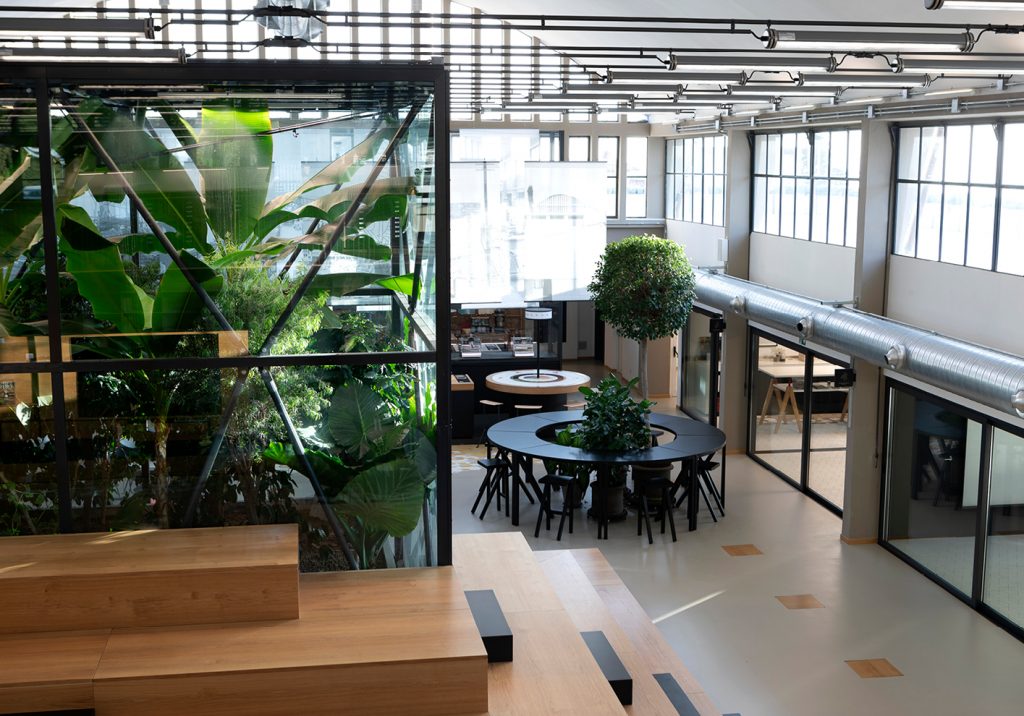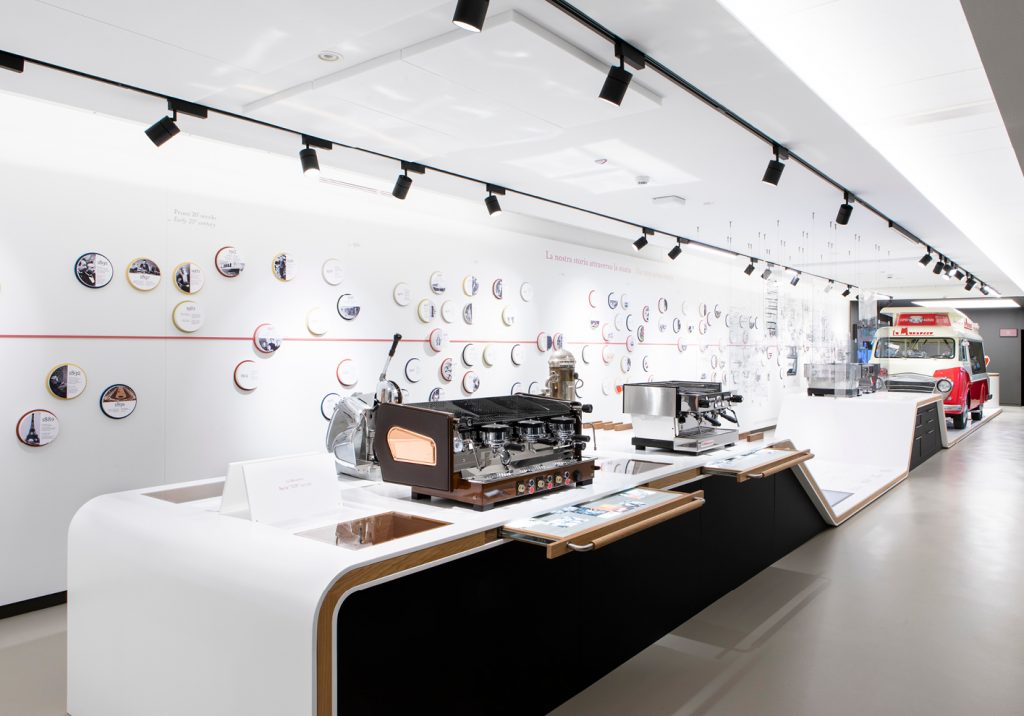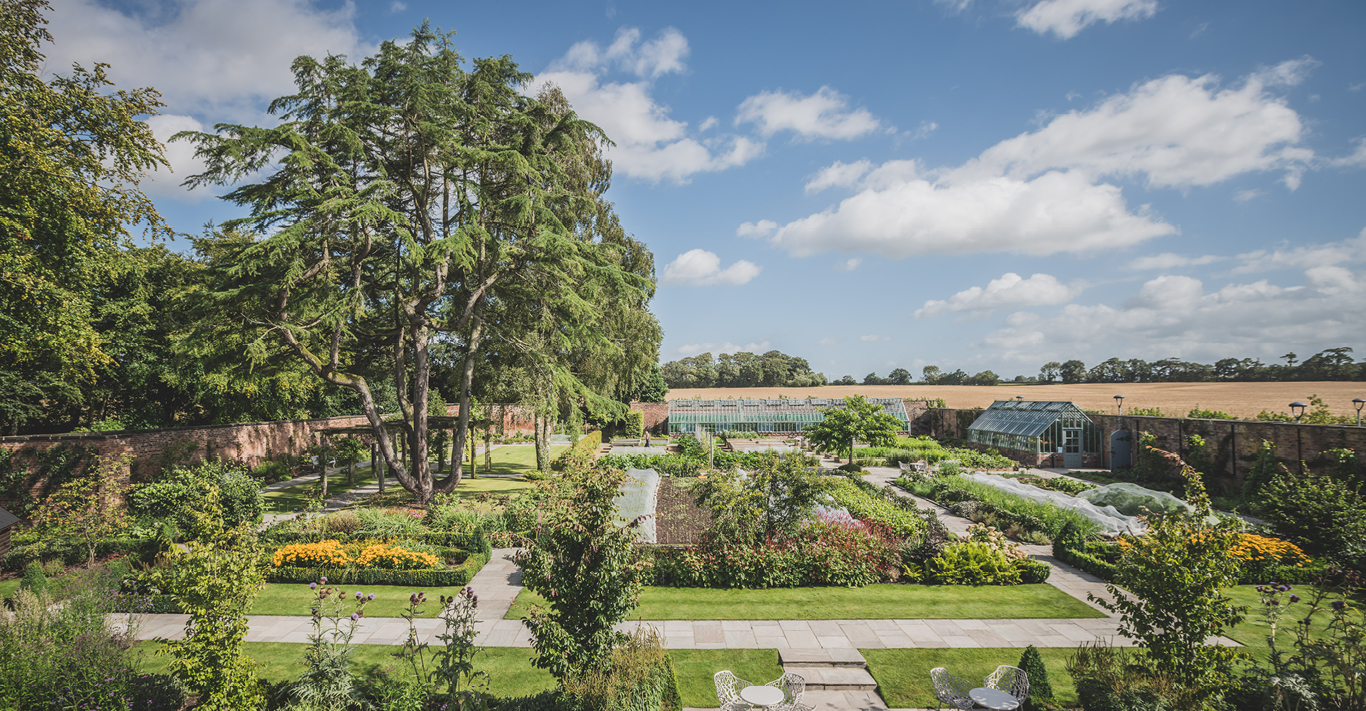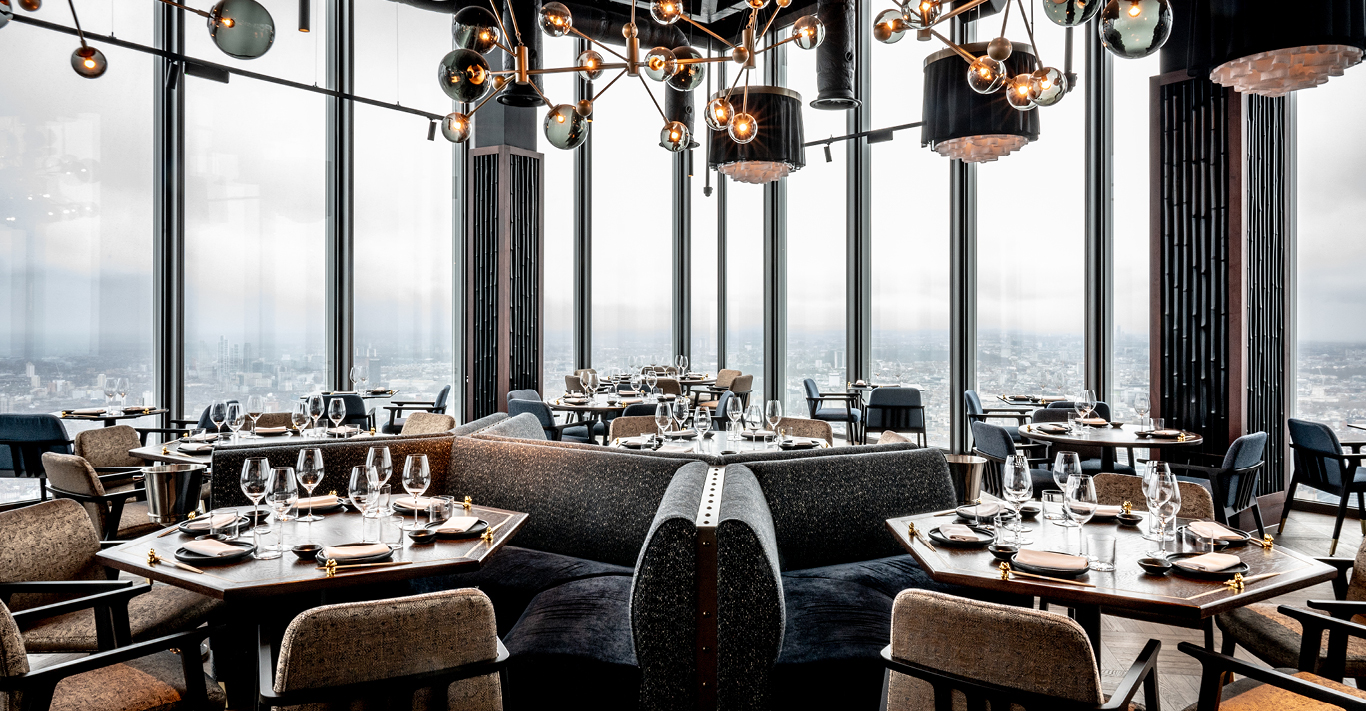WORDS
Douglas Blyde
Florence is a city of lions, and a city of bankers. It always has been. From the Marzocco lion, the proud heraldic beast guarding the Palazzo Vecchio, to the calculating gazes of Medici portraits, this is a place where power is not only sculpted in marble but transacted in dark corners over ink-stained contracts. And where there is power, there is coffee.
There is politics in caffeine. Once, it was a commodity so valuable that the Vatican debated its satanic origins. Now, it is the acceptable stimulant of late capitalism. Even now, “a coffee” is not simply a drink that wakes you up – it is the fuel which keeps the wheels of modern life turning. A quiet enforcer of the social contract, ensuring compliance in boardrooms, cafés and on morning commutes. In Britain, it has ousted tea from its ancestral throne. In America, it has become a status symbol, wielded by the young as a totem of urban sophistication. But in Italy, coffee has always been a matter of state – a ritual, a creed, a line drawn between civilised man and the barbarian who orders a cappuccino after noon.
From Portrait Firenze, the impeccably stitched hotel near Ponte Vecchio tailored with the same finesse as the Ferragamo family that owns it, I began a coffee journey that rewires caffeine-addled synapses. A pilgrimage, not to the Duomo or the Uffizi, but to the Accademia del Caffè Espresso. This temple to the bean was created by the coffee machine manufacturer founded in 1927 that took the name of the city’s emblem, La Marzocco. Here, espresso is not merely poured – it is exalted.

A 20-minute drive from the city centre, winding through the hills of Pian di San Bartolo, leads to the Accademia del Caffè Espresso. Olive groves and cypress trees frame the road, rustic farmhouses flickering past like scenes from a Renaissance painting. It is the transition from the grand artistry of Florence to a quieter, more contemplative landscape – a fitting prelude to an experience which transforms coffee from routine to revelation.
Here, coffee is soil and science, climate and craftsmanship. It is centuries of obsession distilled into a cup. You do not simply drink – you comprehend. The Accademia houses an indoor coffee plantation, an almost hallucinatory sight among the rolling Tuscan hills. Scientists track the needs of coffee plants through electrical impulses in a research project called Consenso, proving that even in agriculture, surveillance is now a virtue. A perfectly preserved 1970s coffee shop stands as an altar to the past, its centrepiece a GS1 machine still operational after half a century. And then there is the immersive theatre, an experience billed as stepping inside an espresso machine.
This is where La Marzocco’s legacy is laid bare: the first machine with two independent boilers – one for brewing, one for steam – is a revolution in coffee mechanics. Starbucks once championed these machines, only to later discard them in favour of mass-produced automation. The forsaken Linea Classics found new homes in independent cafés, igniting the specialty coffee movement. The chain had sacrificed its soul, and the artisans had levered it back. There is a lesson here, if anyone is paying attention. Although the Medicis would probably have endorsed the drive to automation for profit.
The streamlined Strada, La Marzocco’s iconic model, was built in collaboration with baristas, engineered for tight spaces. The Bambi brothers, La Marzocco’s founders, were mechanics first, innovators second. Their 1927 Fiorenza machine even had a pressure wand designed not just for milk but for emergency release. From the beginning, they approached coffee with an engineer’s precision and a sculptor’s artistry.

Then comes the tasting, held in the sensory lab. This is no hurried gulp of something vaguely bitter in a paper cup, but a guided experience through flavour. Coffee, like wine, has terroir, nuance, character. The citrus-sharp brightness of an Ethiopian heirloom, the caramel-smooth indulgence of a Brazilian single origin, the brooding, tobacco-laced depth of a Sumatran bourbon bean. A range of styles processed four ways, each dramatically different. This is not just a caffeine hit – it is a palate awakening. An epiphany in a demitasse.
There is even a customisation area, where the well-heeled and the industry elite can design their own machines. Again, the Medicis surely would have approved – what is power if not the ability to tailor even your espresso machine to your whims?
Back at Portrait Firenze, coffee is also an event. A punctuation mark in the day, best experienced at Caffè dell’Oro, the hotel’s contemporary Italian café. Here, the espresso is properly sipped, preferably alongside the pastry leaves of a perfect sfogliatella, as rowers glide across the jade-green Arno in the morning light. It is a ritual, an education, and a reminder that in Florence, beauty is not only seen but tasted.
Yes, admire Tuscany’s exquisitely hewn marble structures and its sublime sangioveses and vermentinos, but if you truly wish to understand this city, go to the Accademia del Caffè Espresso. For those who think they know coffee, it proves them wrong. For those who think they don’t care, it changes their mind. And for those who stay at Portrait Firenze, it is yet another way the boutique property brings the cultural heartbeat of the city a little closer to theirs.
We will never think of coffee as just coffee again. But then, this was never just a drink. It was always politics, power and the quiet art of control.




